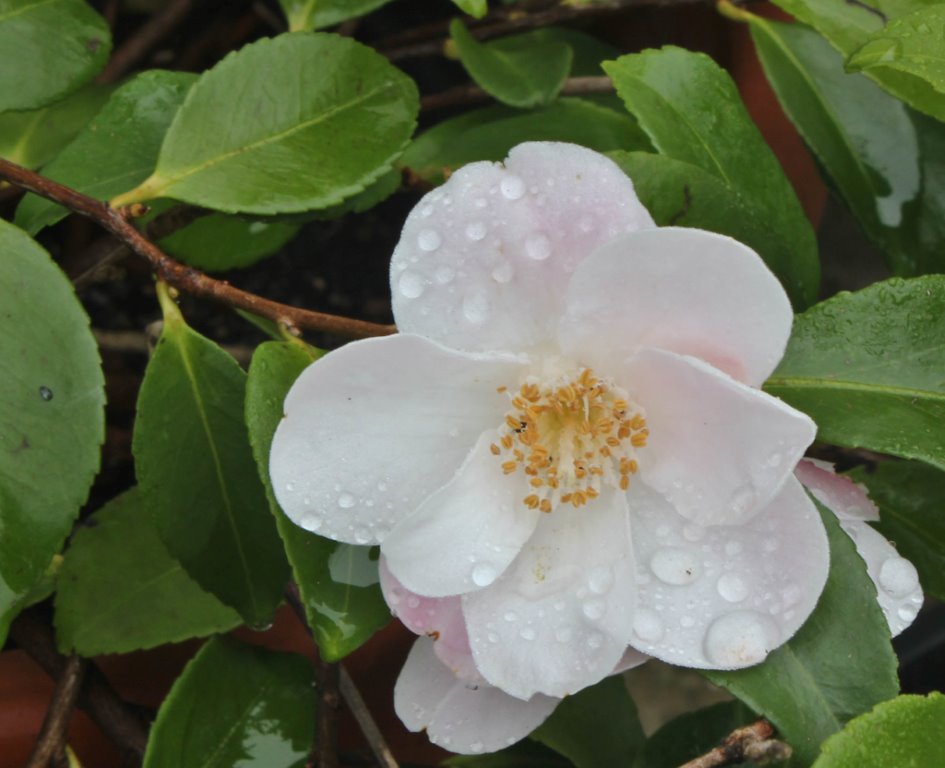
Even mild winters seem interminably long, so it is great when the first flowers and fresh new shoots appear. For some reason it reminds me of the nonsense rhyme which starts ‘Spring has sprung, the grass is riz, I wonder where the birdies iz’..?
When the soil warms up in early spring it is time to start ‘direct’ seed sowing in the vegetable garden; after spending last month sowing seeds in trays and modules in the greenhouse. The key to successful germination is constant soil temperatures and that’s when a soil thermometer becomes invaluable. Sow when it is too cold and the seed sits in the soil, when germination occurs it is erratic and worst of all the seeds may simply rot. Even though we have had warm days, a succession of cold nights has kept the soil cool and held back fruit blossom!
It is useful to know that parsnips need soil temperatures around 6 C (42F); sowing is better delayed until this month or May. Cabbage, peas and beans need a minimum of 5 C(41F), leeks and onions, 7C(44F) and those with origins in warmer parts of the world, like cucumbers need at least 13 C (55F). Even potatoes have a temperature requirement of 6C (43F) at 4” (10cm), their planting depth at least three days before planting. The best way to beat the weather is to sow crops in trays and modules for transplanting later in the season and gain growing time as you will have done in March. Plants that dislike transplanting, like parsley and carrots, can be sown in small pots or modules and then moved carefully into their final position in the vegetable garden without disturbing the roots. The answer overall is to be patient, you can warm up the soil with cloches or polythene but seeds will germinate quickly, once the soil is warm, just let them respond naturally to growing conditions – they will soon catch up!
If you don’t have acidic soil, then the urge to grow Rhododendron’s, Pieris and Camellia’s somehow seems stronger – perhaps it is the perversity wanting what you can’t have – or just being a typical gardener! There are two options, you can either visit some of the great gardens where they flourish, like Exbury for its show of Rhododendrons, admire their beauty, then return home having enjoyed their pomp, or grow a few in containers. Rhodendrons suitable for containers include the ‘yakushimanum’ hybrids particularly those named after the seven dwarfs. Favourite Camellia’s for containers include ‘Quintessence’ a miniature, spreading plant with small white flowers (see picture) which is fragrant and Camellia japonica ‘Desire’ with semi-double pale blush pink or white, flowers.
They need potting in ericaceous compost, watering with rainwater and feeding ericaceous plant food. Make sure that they are well watered from July to September when buds are being formed for the following year. General care is minimal. Dead head after flowering, using your finger and thumb when removing faded flowers from Rhododendrons and do it carefully to avoid damaging new growth. Repot in alternate years or when they are starting to become ‘pot bound’ and remove and replace the top two inches of compost in the years that you don’t repot. Restrict pruning to tidying them up after flowering, to keep them within their allotted space. Happy gardening! Matt


